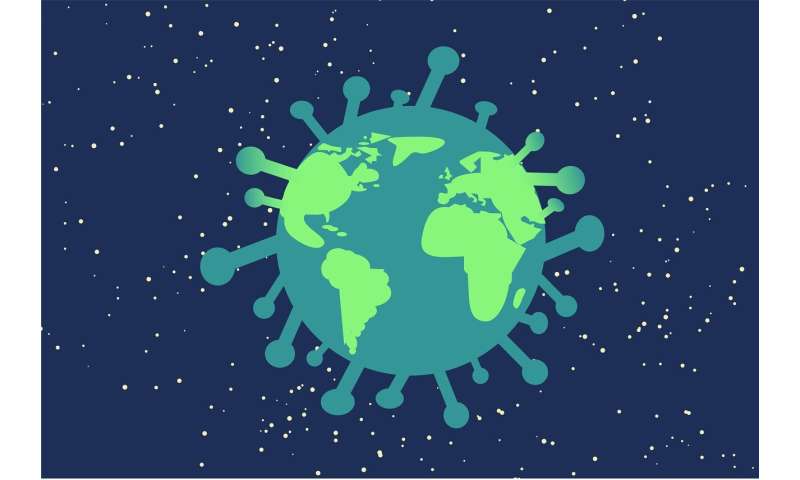
A geocoding approach—linking routinely collected public health data to neighborhood socioeconomic factors—shows consistently higher rates of COVID-19 illness and death among people living in more-disadvantaged communities, reports a study in the November/December Journal of Public Health Management and Practice.
“Our study provides evidence of stark social inequities in COVID-19 outcomes at both the county and ZIP Code levels in the United States,” comments Jarvis T. Chen, ScD, of Harvard T.H. Chan School of Public Health, Boston. “These marked disparities speak to how the COVID-19 pandemic is affecting vulnerable populations and exacerbating existing health inequities.”
Socioeconomic Factors Affecting COVID-19 Outcomes—Geocoding Provides New Insights
Dr. Chen and coauthor Nancy Krieger, Ph.D., analyzed county- and ZIP Code-level data on COVID-19 outcomes—deaths, confirmed cases, and percent positive cases—in New York City and Illinois, as of May 5, 2020. At that time, New York and Illinois were among the “hotspots” for COVID-19 cases and deaths in the United States.
The researchers applied an established geocoding method to analyze COVID-19 outcomes in terms of key neighborhood socioeconomic factors, including the percentage of residents living in poverty, percentage with household crowding, and percentage of persons of color (other than non-Hispanic white).
These and other area-based socioeconomic measures (ABSMs) have been shown to be strong indicators of disparities across a wide range of health outcomes. The ASBMs were developed as part of the Public Health Disparities Geocoding Project, established to address the lack of information on socioeconomic factors in most public health surveillance data.
The analysis showed consistently higher levels of COVID-19 outcomes for residents of more socioeconomically disadvantaged areas. County-level data showed higher rates of COVID-19 deaths in areas with more people living in poverty, increased household crowding, and more people of color. The COVID-19 death rate was about five times higher than in counties with the highest percentage of people of color.
Analysis of fine-resolution ZIP Code data showed higher rates of confirmed COVID-19 cases for all ABSMs. In Illinois, the rate of COVID-19 diagnosis was five times higher in ZIP Codes with the highest percentage of people of color.
ZIP Code data from New York City also showed similar disparities, even with the City’s much higher infection rates. The rate of positive COVID-19 tests was more than 60 percent higher in ZIP Codes with the highest percentage of people with poverty-level incomes.
There’s an urgent need for real-time data to help in identifying community groups at highest risk of COVID-19 infection, serious illness, and death. Routinely collected public health data include little or no information on socioeconomic factors that can have an important impact on COVID-19 risks. Data on race/ethnicity is more often collected but is missing for many patients.
Geocoding health records and linking them to US Census data on neighborhood factors, including the use of ABSMs, can compute valid estimates of socioeconomic disparities in health. “Looking across the US, people living in the most impoverished, crowded, and racially and economically polarized counties are experiencing substantially elevated rates of COVID-19 infection and death,” Drs. Chen and Krieger write.
State and local health departments can easily apply the same methods to routinely collected surveillance data using an Excel spreadsheet or R code available from the authors’ website: www.hsph.harvard.edu/thegeocod … /COVID-19-resources/.
Source: Read Full Article
